
Chengdu is a vibrant and dynamic city located in southwestern China, known as the capital of Sichuan Province. With a population of over 20 million, it is one of the largest cities in China and has become a major center for business, culture, and tourism.
The city offers many attractions that reflect its history and culture, such as the Chengdu Research Base of Giant Panda Breeding, Wuhou Temple, and Jinsha Site Museum. Visitors can also enjoy the city's famous cuisine, which includes spicy Sichuan hotpot, Dan Dan noodles, and Kung Pao chicken.
Chengdu is also an important transportation hub with a well-developed infrastructure. The city has an international airport with direct flights to many major cities around the world, and it is home to the Chengdu Railway Station, a major railway hub connecting the city to various parts of China.
In recent years, Chengdu has undergone rapid development and has become a key player in China's economy. The city is known for its high-tech industries, such as electronics and software development, and it is home to many international companies.
Overall, Chengdu's rich cultural heritage, delicious cuisine, modern infrastructure, and dynamic economy make it an exciting and attractive destination for visitors and investors alike.
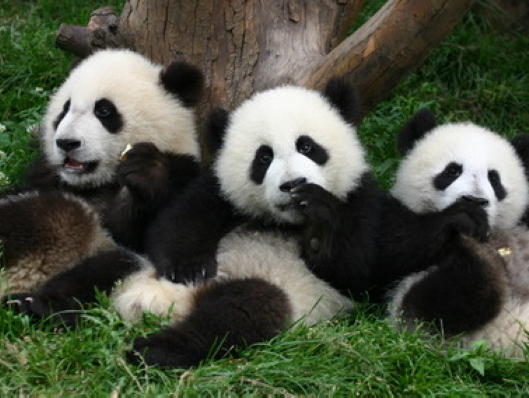
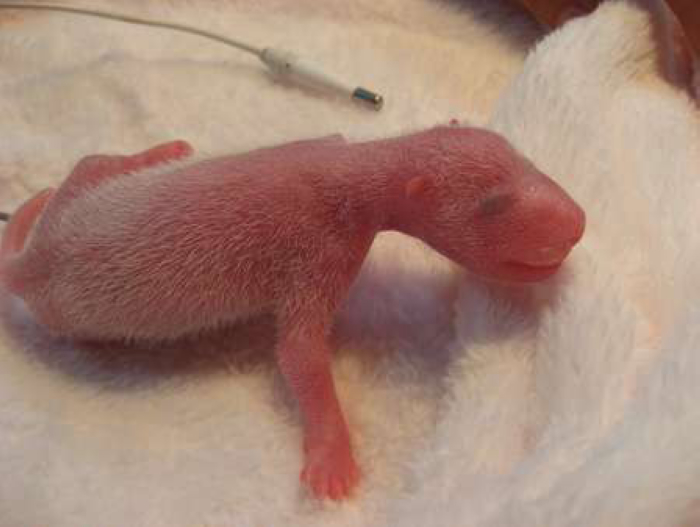
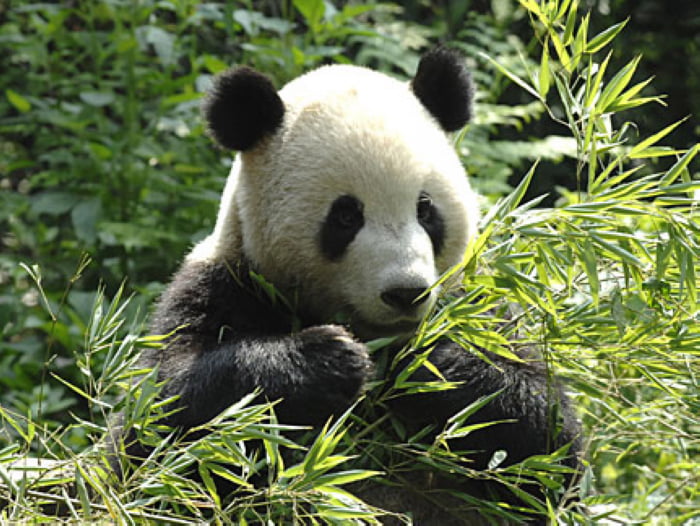
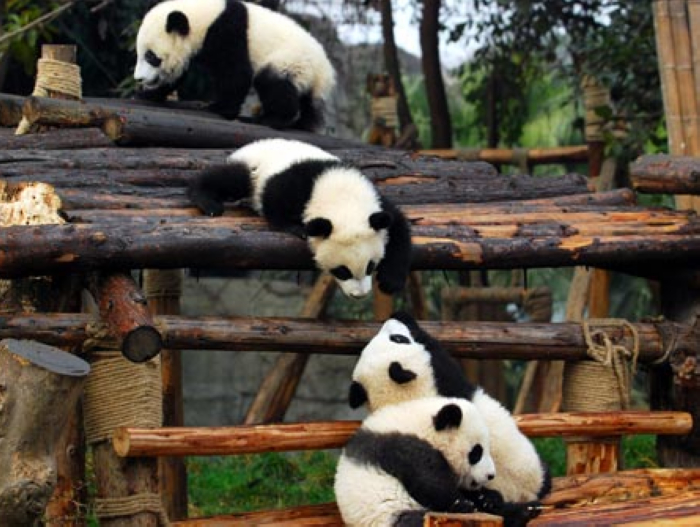



The Chengdu Research Base of Giant Panda Breeding is a leading institution for giant panda ex-situ conservation, scientific research, and breeding, housing over 100 giant pandas and earning the title of the "Cradle of Giant Pandas" .
It is the sanctuary for giant pandas, red pandas, and other endangered wild animals exclusive to China, offering visitors a close-up view of pandas in a natural setting.
The base includes the world's only museum entirely dedicated to the giant panda, providing educational insights into the species' characteristics, habitat, and conservation efforts.
Visiting the pandas in Chengdu offers a unique opportunity to witness these adorable creatures up close.
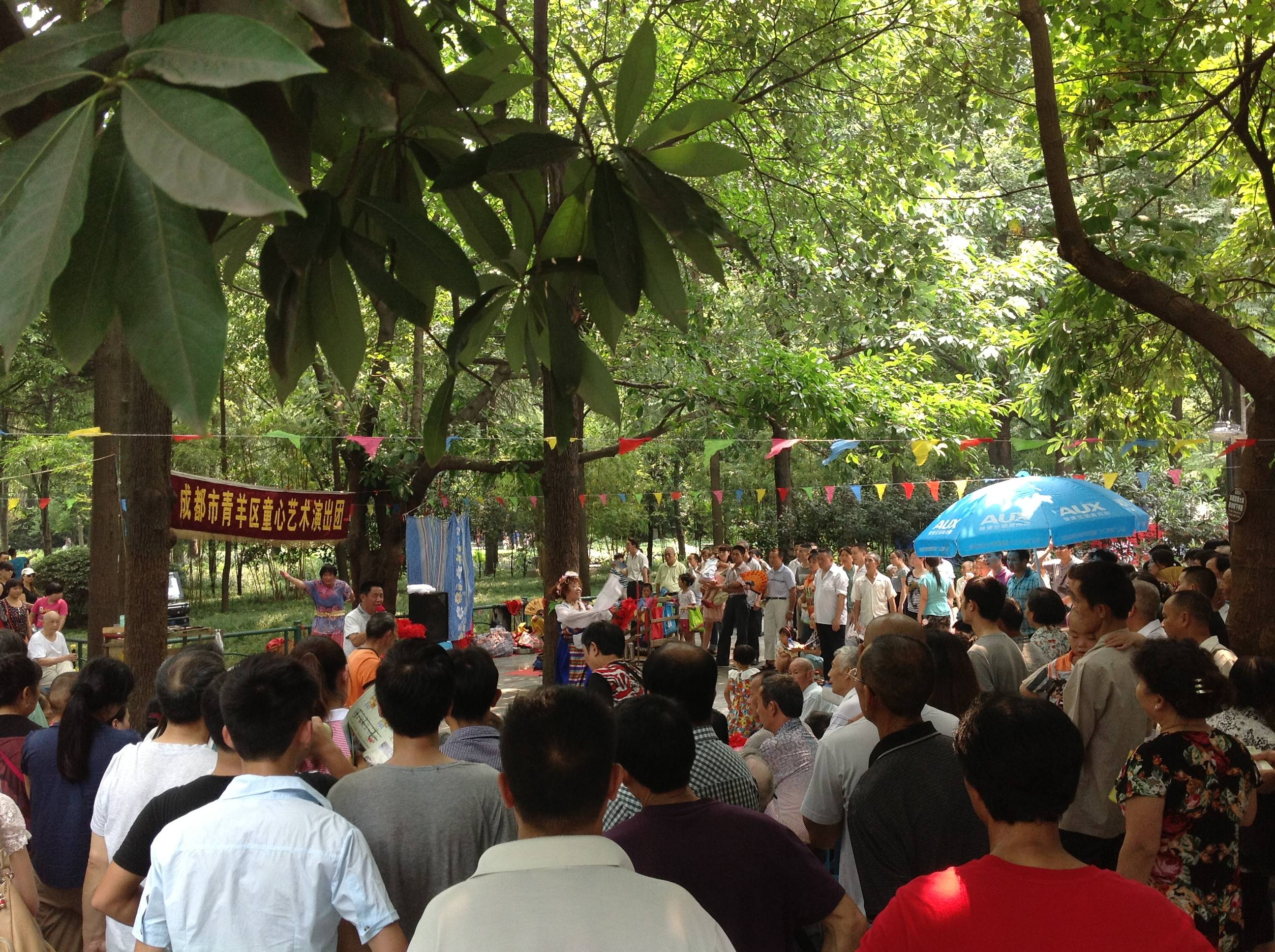
Chengdu People's Park is a historic urban park located in the heart of Chengdu, known for its serene atmosphere, cultural activities, and as a central gathering place for locals and tourists alike.
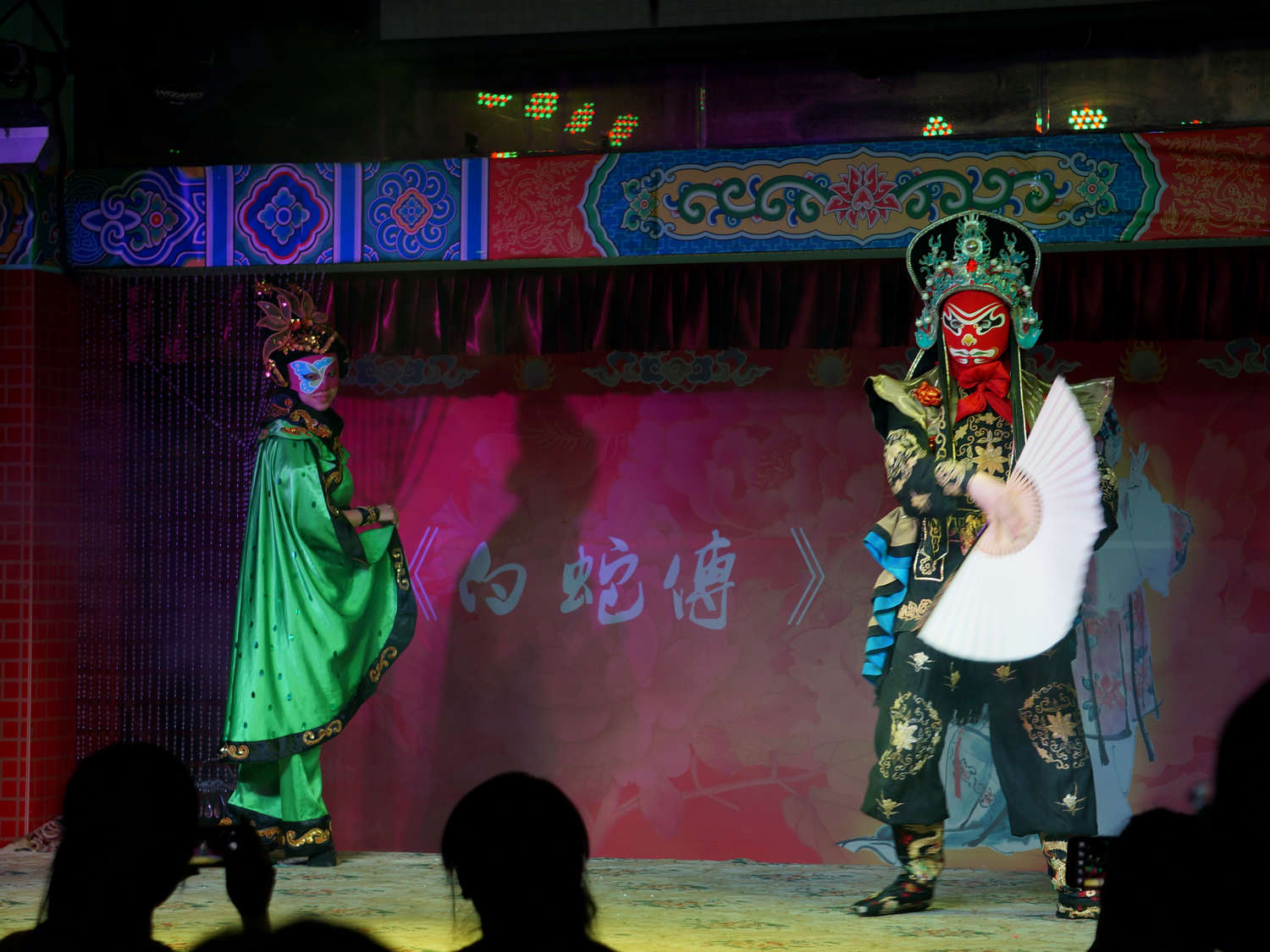
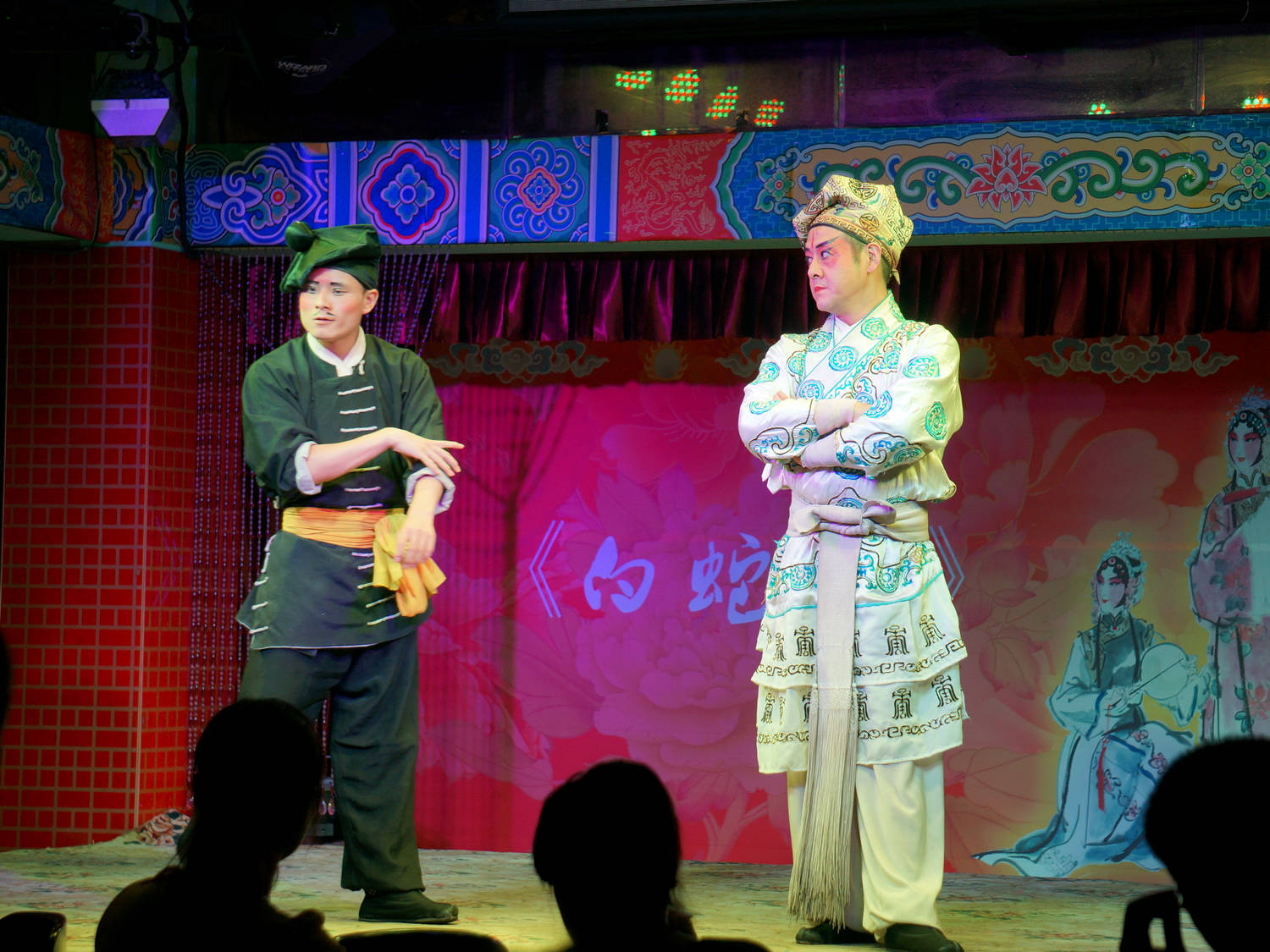

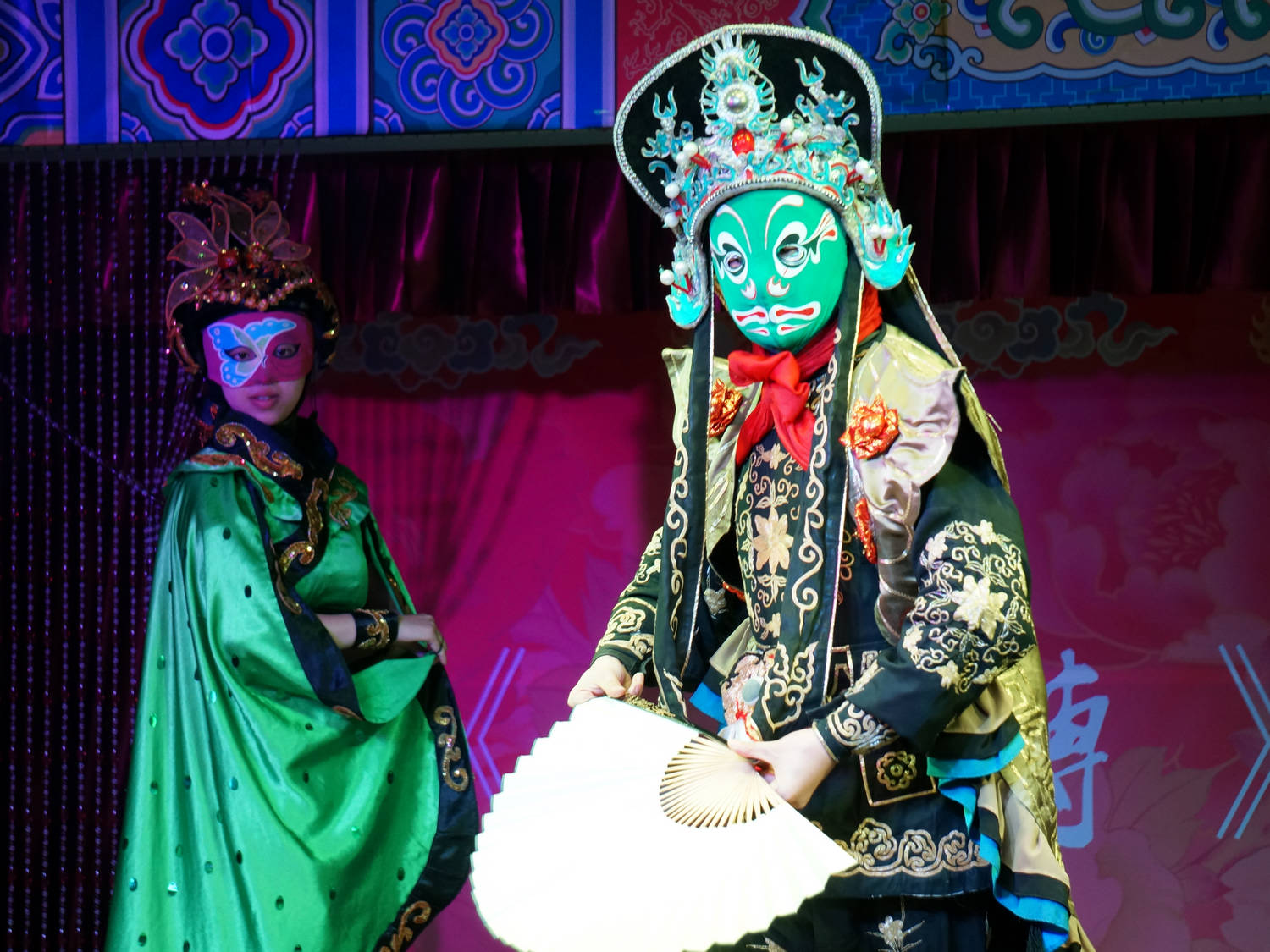
The Sichuan Opera derives its subject matter from Chinese classical novels, legends and folk tales. Several distinct acts — Changing Faces, Spitting Fire and Rolling Light — feature dazzling sets and costumes that celebrate Southwestern China’s performing and fine arts. Sichuan tea is included and is served to your bamboo tables.
Location: Shufeng Yayun Tea House, in Chengdu Culture Park, 23 Qintai Road.
Time: daily 20:00-21:30
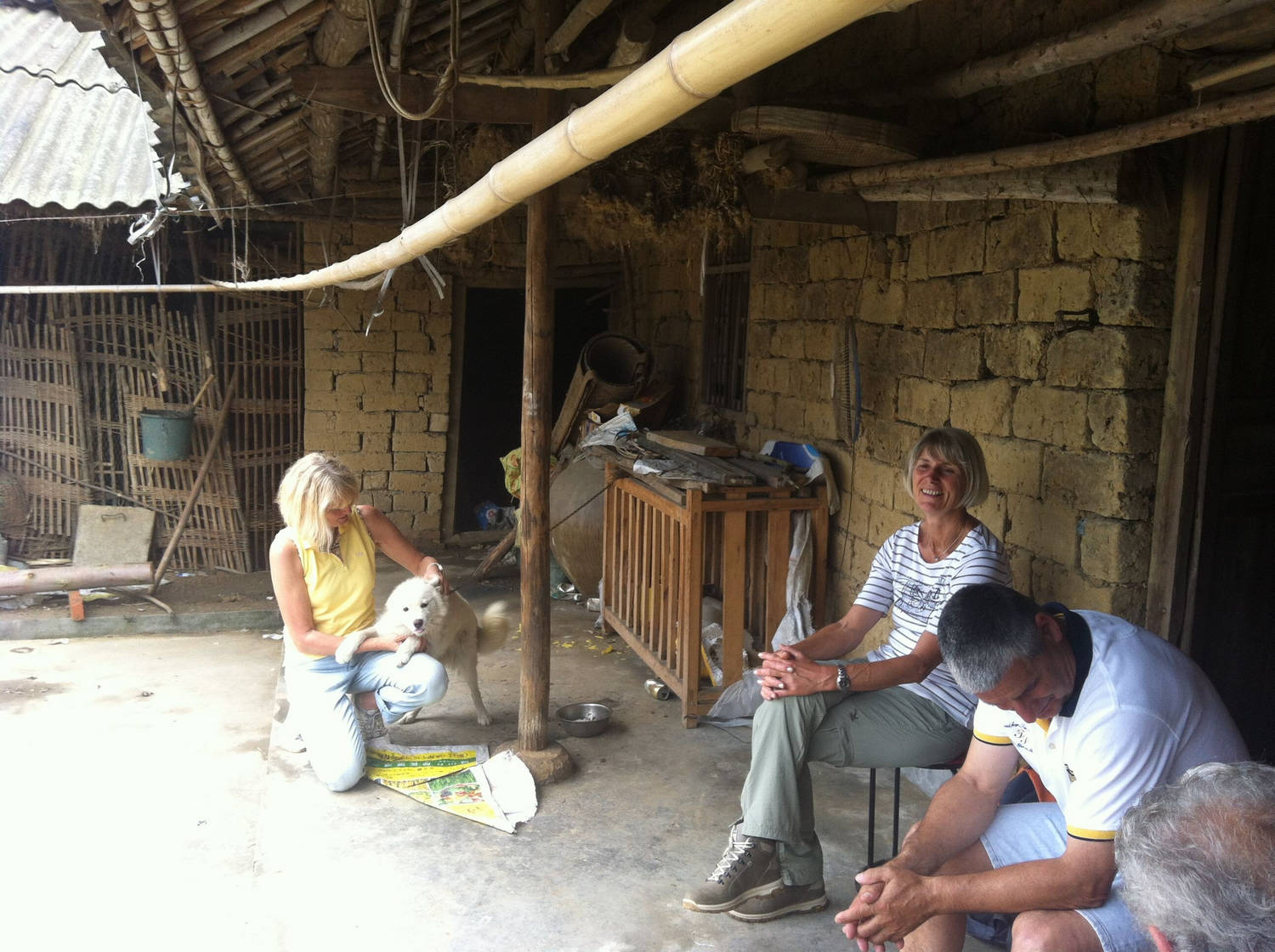
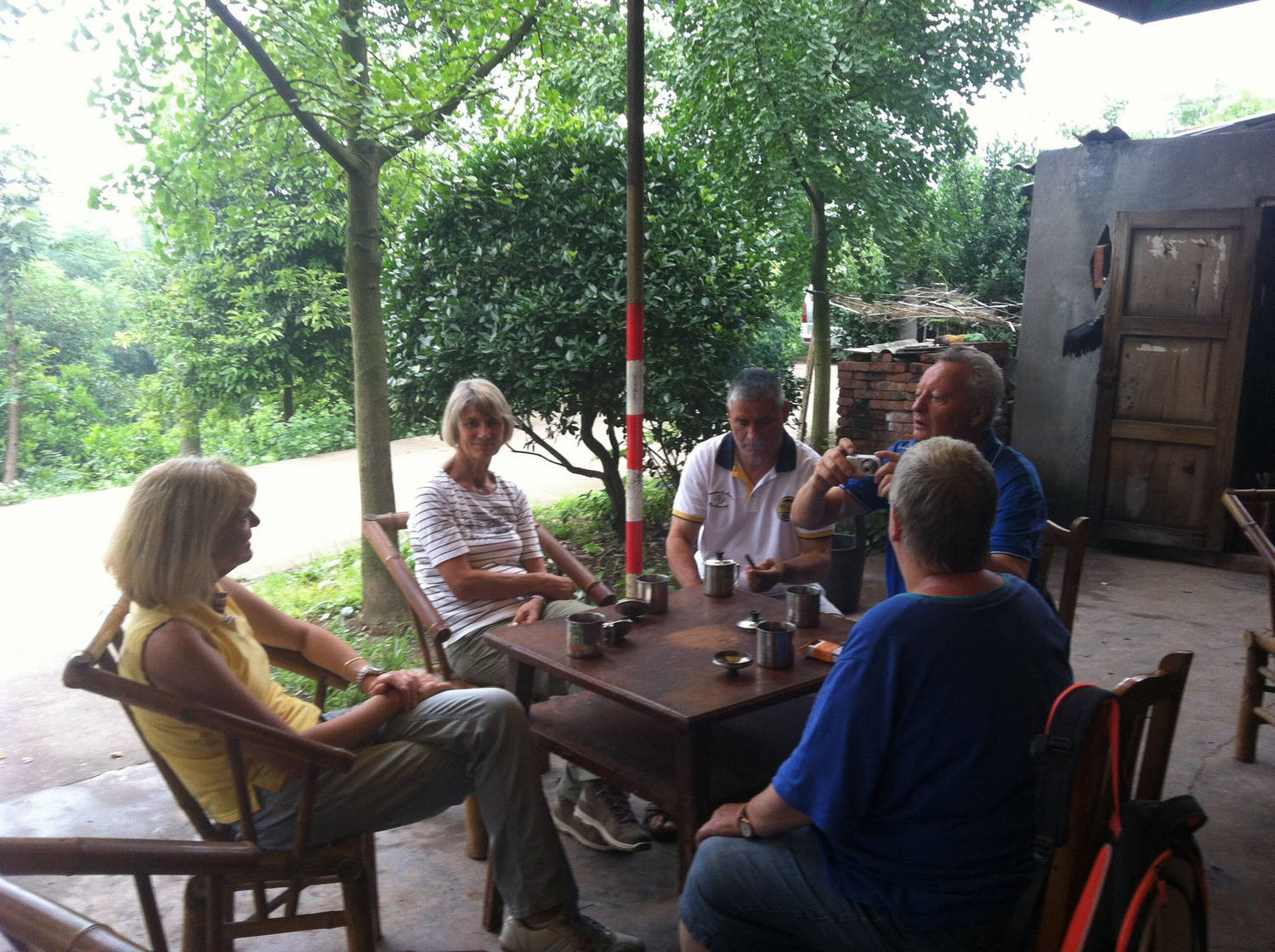


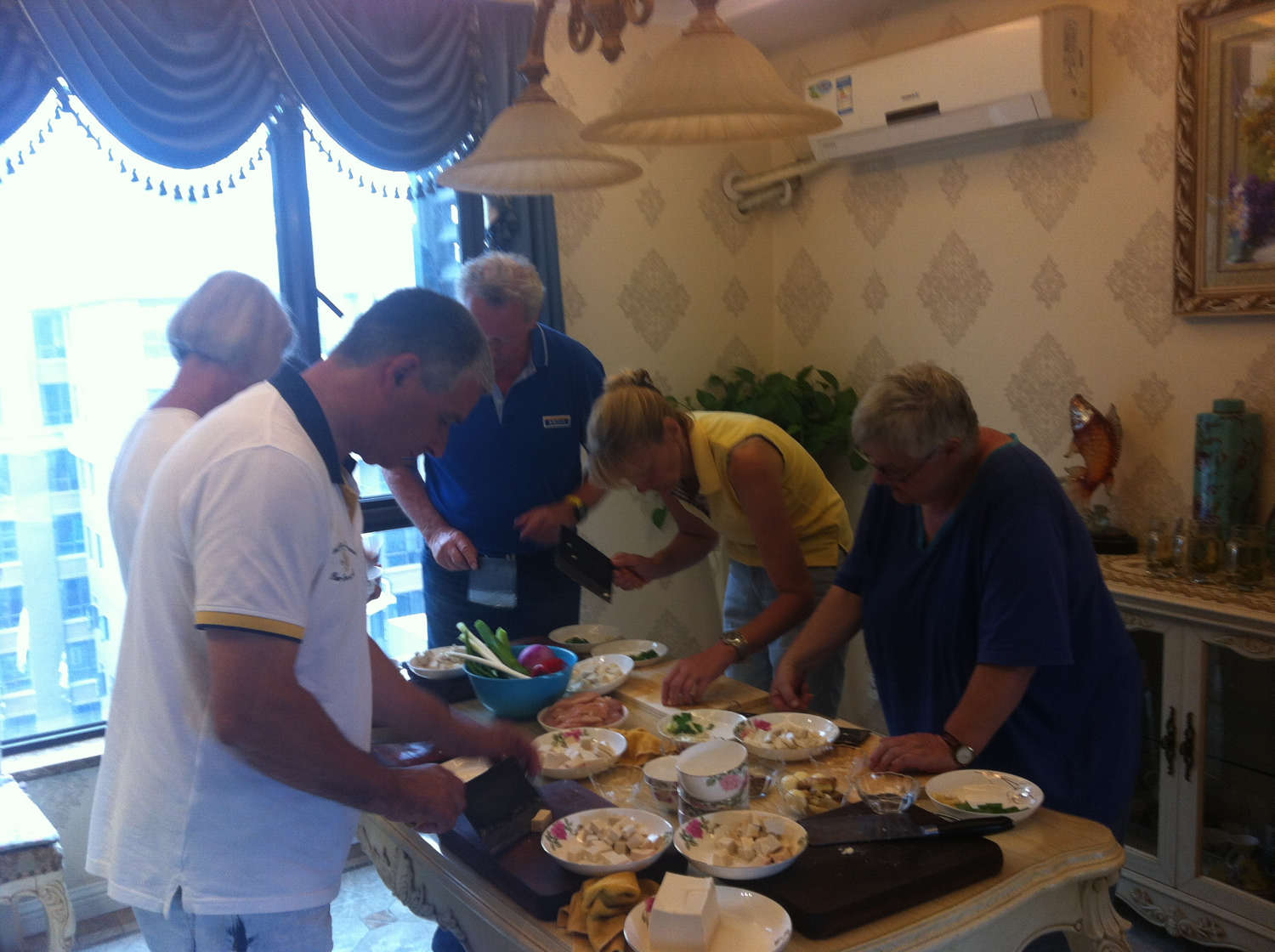
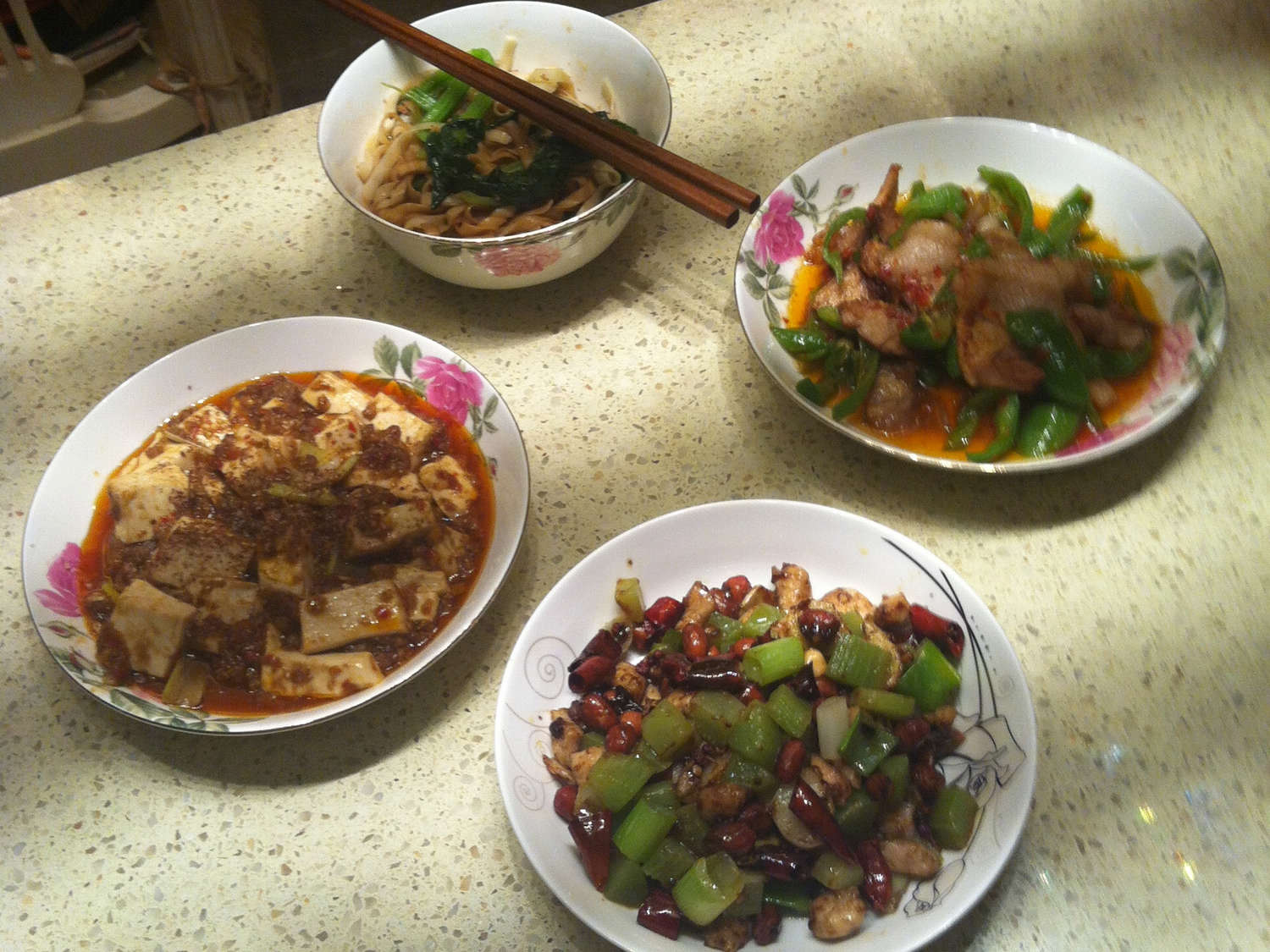
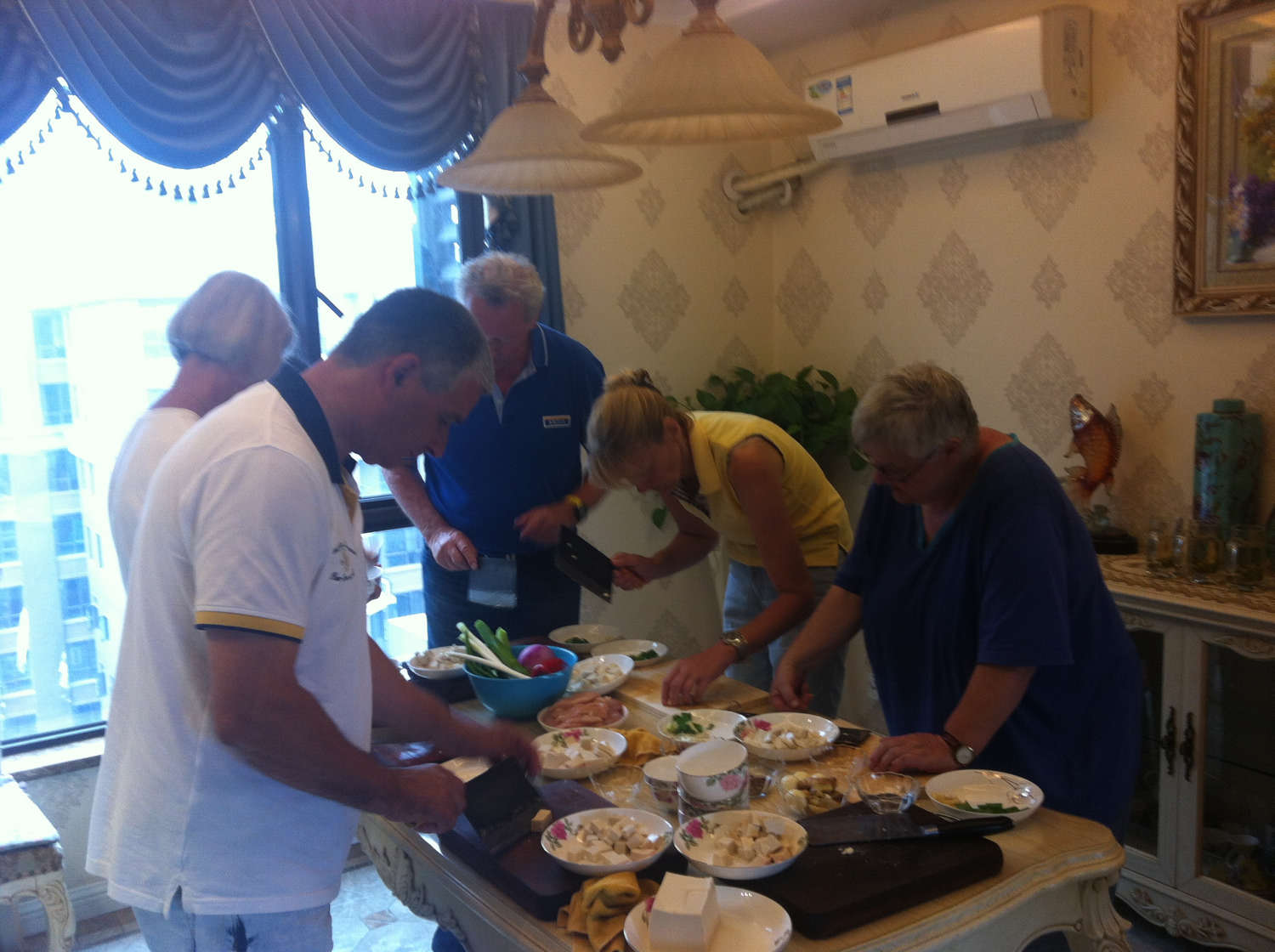
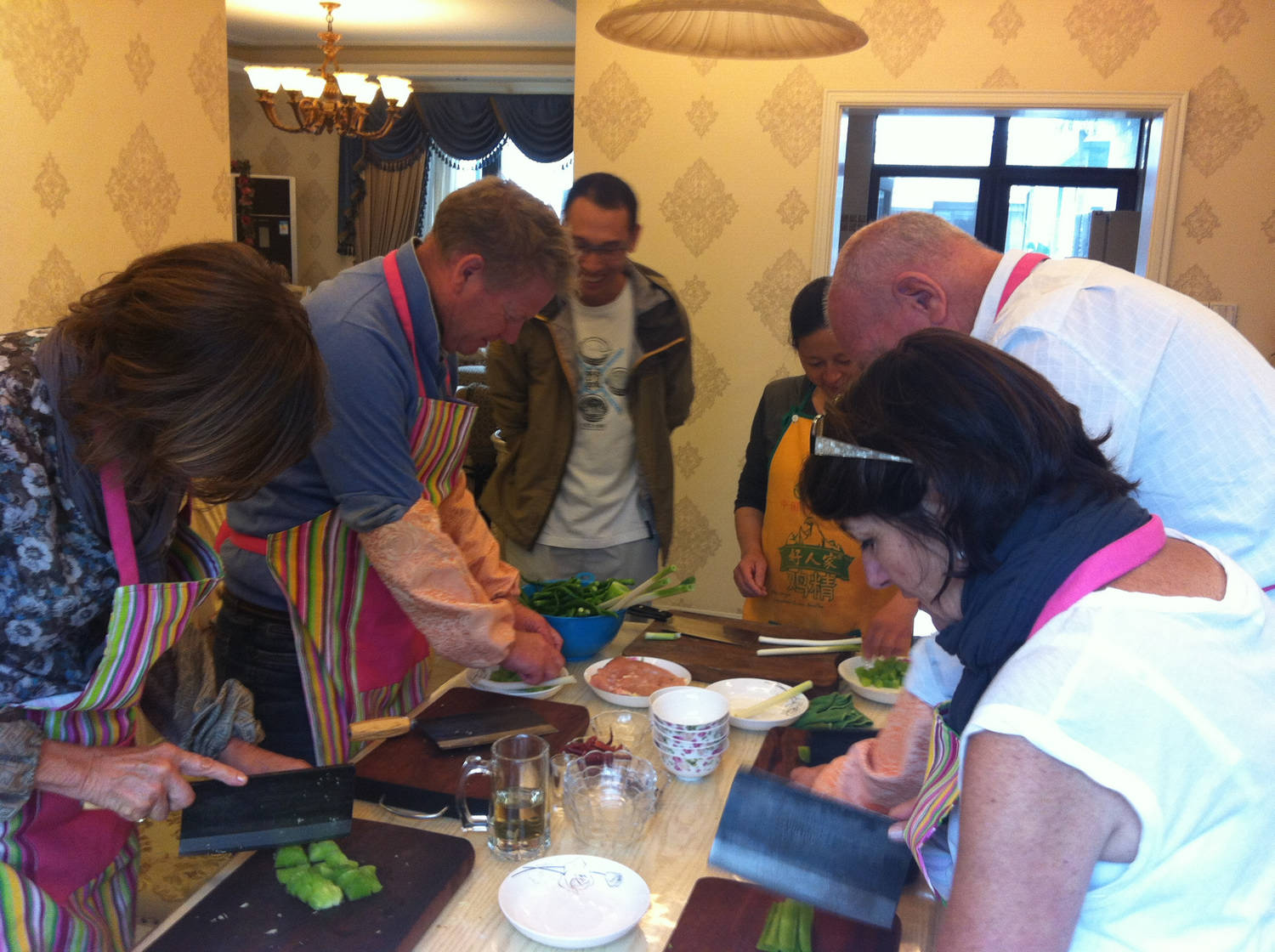
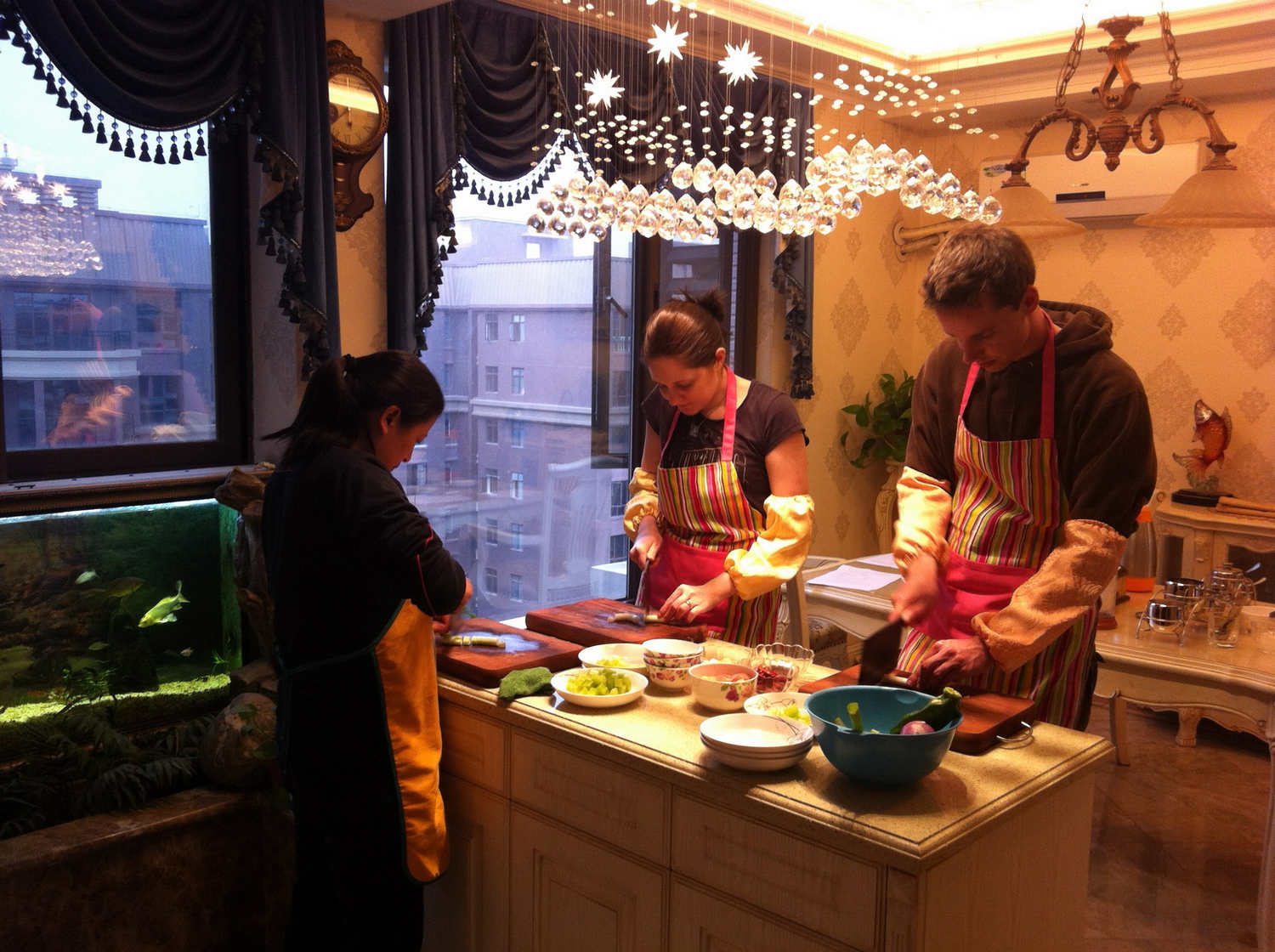
Sichuan Cuisine, which is primarily based on Chengdu and Chongqing dishes, focuses on the refined selection of raw materials, the dimensions, the harmonious layout and the sharp contrasting taste and colours. Sichuan dishes are spicy, hot, savoury, fresh, greasy and strong. Peppers, prickly ash peels, pepper trees, along with ginger are frequently used. There are a great number of cooking techniques which are related to stewing with soup, sweet and sour sauce, chilli oil, prickly ash peel spices, ginger sauce, sugar and vinegar, lychee, and mashed garlic and many other combinations. Besides these unique features, Sichuan Cuisine also boasts the fame that each dish has its own taste and the entire dish family comprises of hundreds of flavours. The major cooking methods are frying, sautéing, quick-frying, boiling, stewing, deep-frying and simmering. In particular, moderate stir-frying and boiling, and braising and stewing with soup are extremely unique.
Famous Sichuan dishes are: (Gongbao Jiding, 宫爆鸡丁), Braised Fish (Ganshao Yu, 干烧鱼), Sautéed Sliced Pork with Pepper and Chilli (Huiguo Rou, 回锅肉), Braised Spicy Tofu (Mapo Doufu, 麻婆豆腐), Beef Lung in Chilli Sauce (Fuqi Feipian, 夫妻肺片), Tea Smoked Duck, Sichuan Style (Zhangcha Yazi, 樟茶鸭子), Sautéed Shredded Beef in Chilli Sauce (Ganbian Niurou Si, 干煸牛肉丝), Diced Chicken with Specially Hot Sauce (Guai Wei Ji Kuai, 怪味鸡块), Deep Fried Beef Slices (Dengying Niurou, 灯影牛肉), Fried Shredded Pork with Sweet and Sour Sauce (Yuxiang Rousi, 鱼香肉丝) and Poached Sliced Beef in Hot Chilli Oil (Shuizhu Niurou, 水煮牛肉).
You will learn how to cook some Sichuan style dishes from the teacher, like Gongbao Chicken, Sweet and Sour pork, Fish-flavor eggplants, or dunmplings, etc. Then you can have the dishes you cooked for a meal.

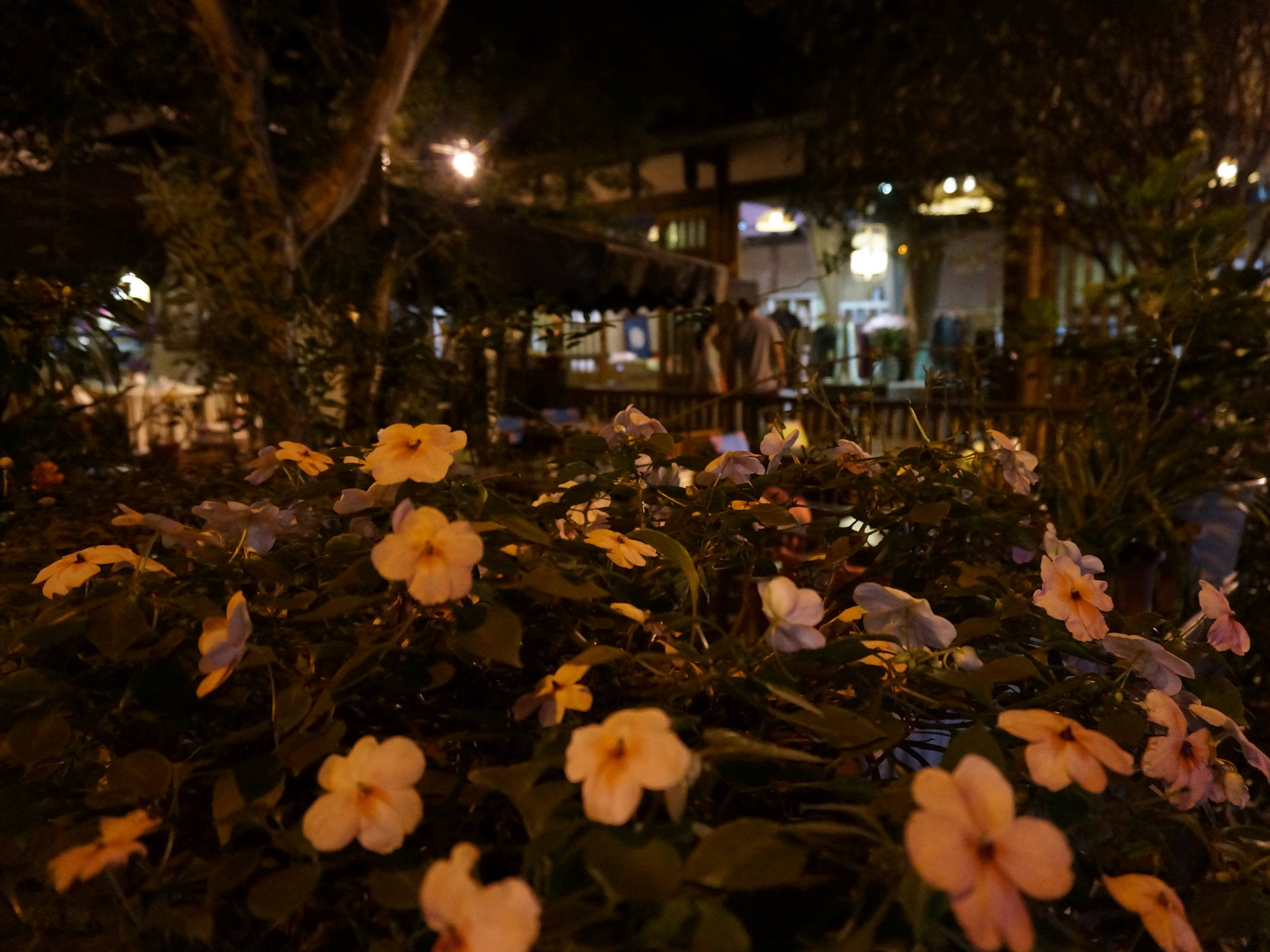
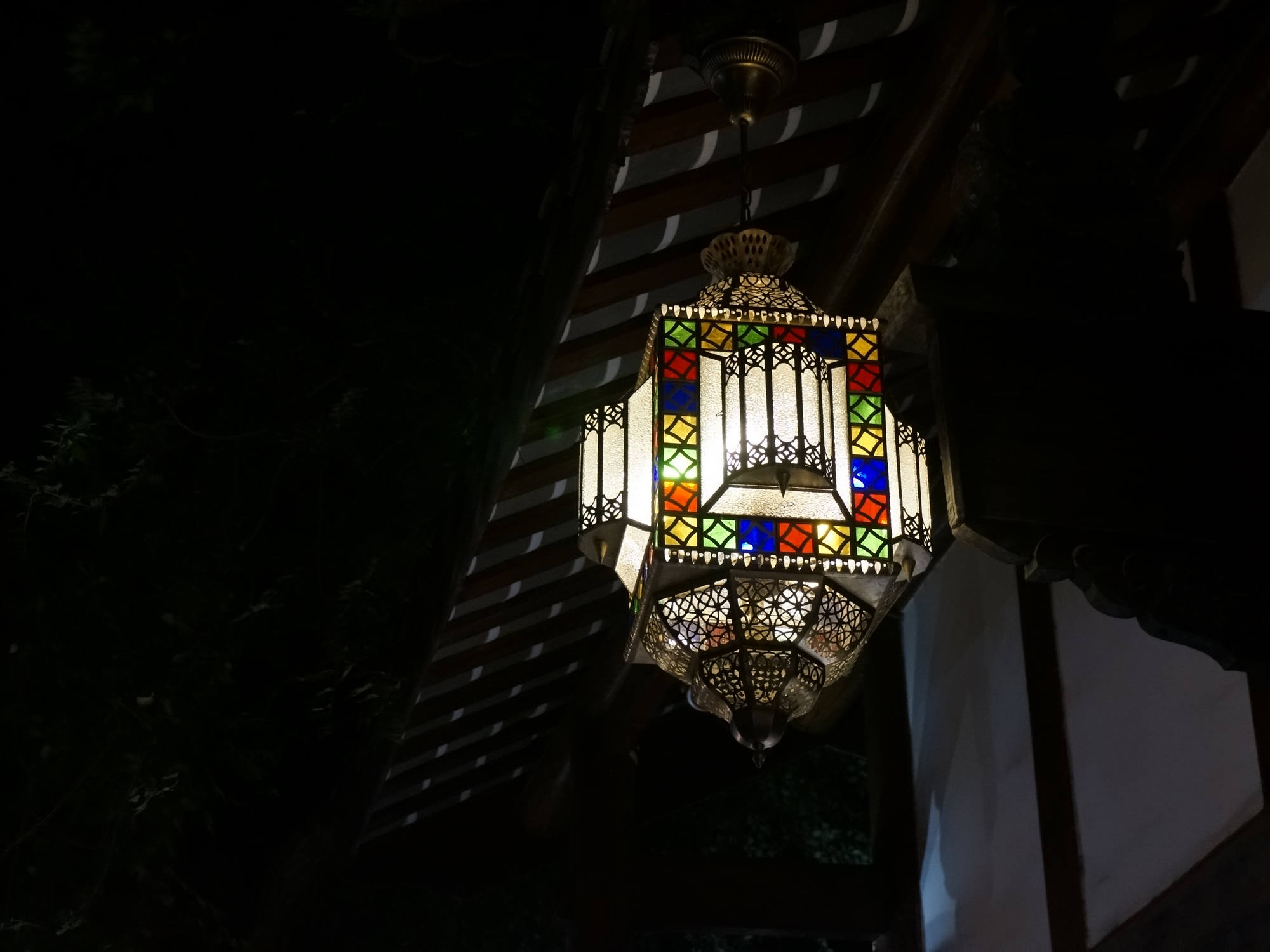
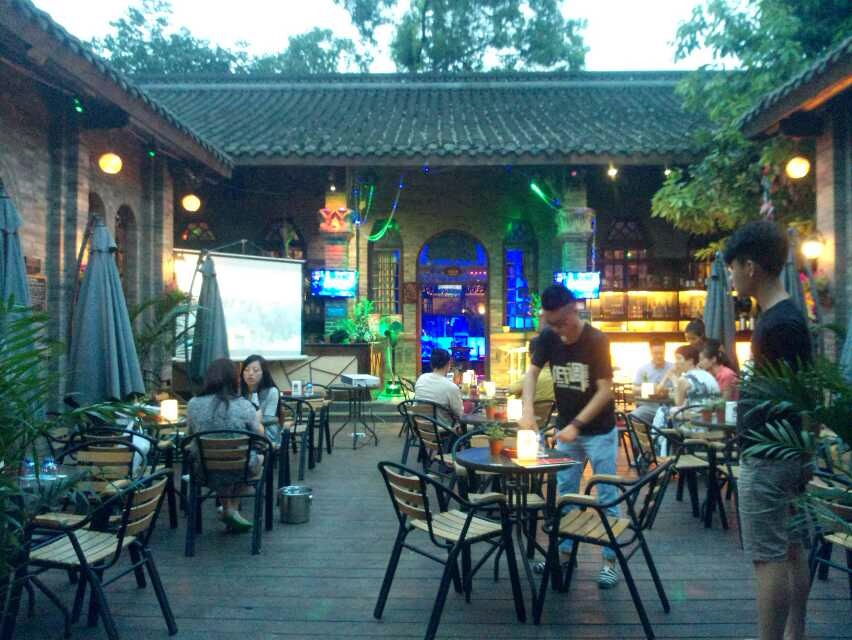
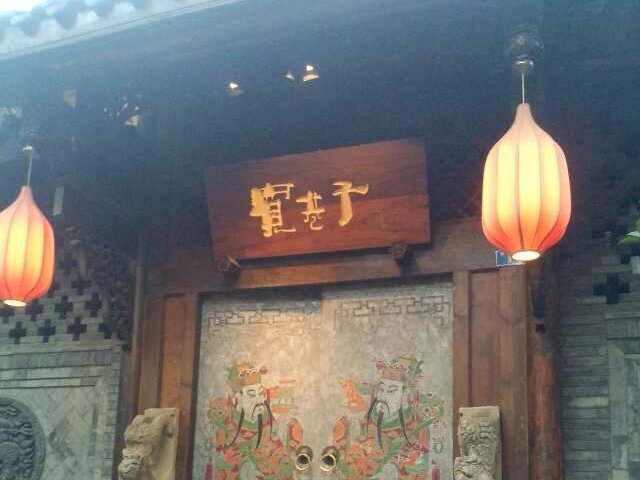

Kuan Zhai Alley District is formed by three alleys called Kuan Alley (Wide Alley), Zhai Alley (Narrow Alley), and Jing(Well) Alley. It is a cultural site consisting of 45 Qing Ming Dynasty style courtyards, modern villas and gardens, as well as theme hostels.
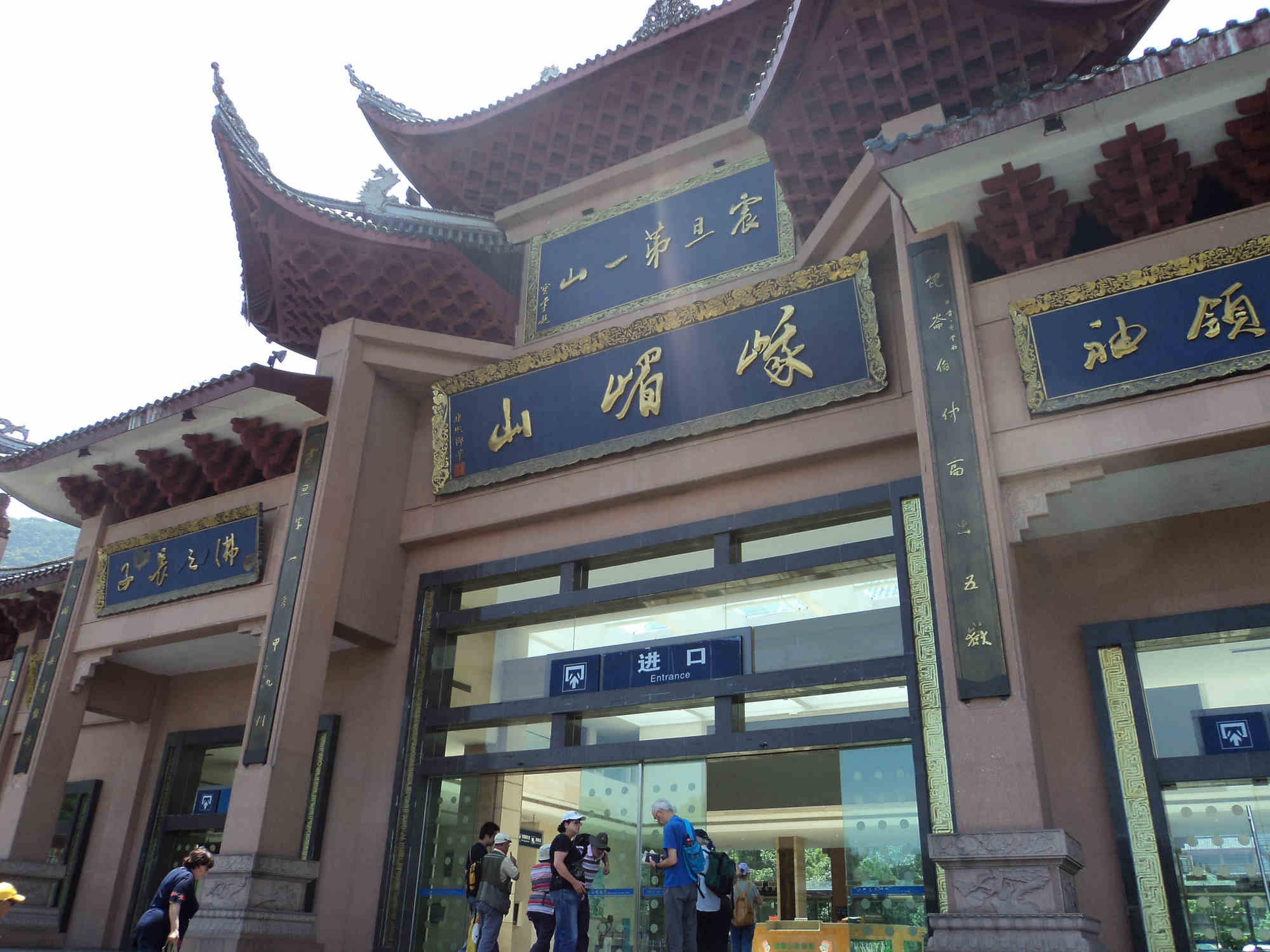
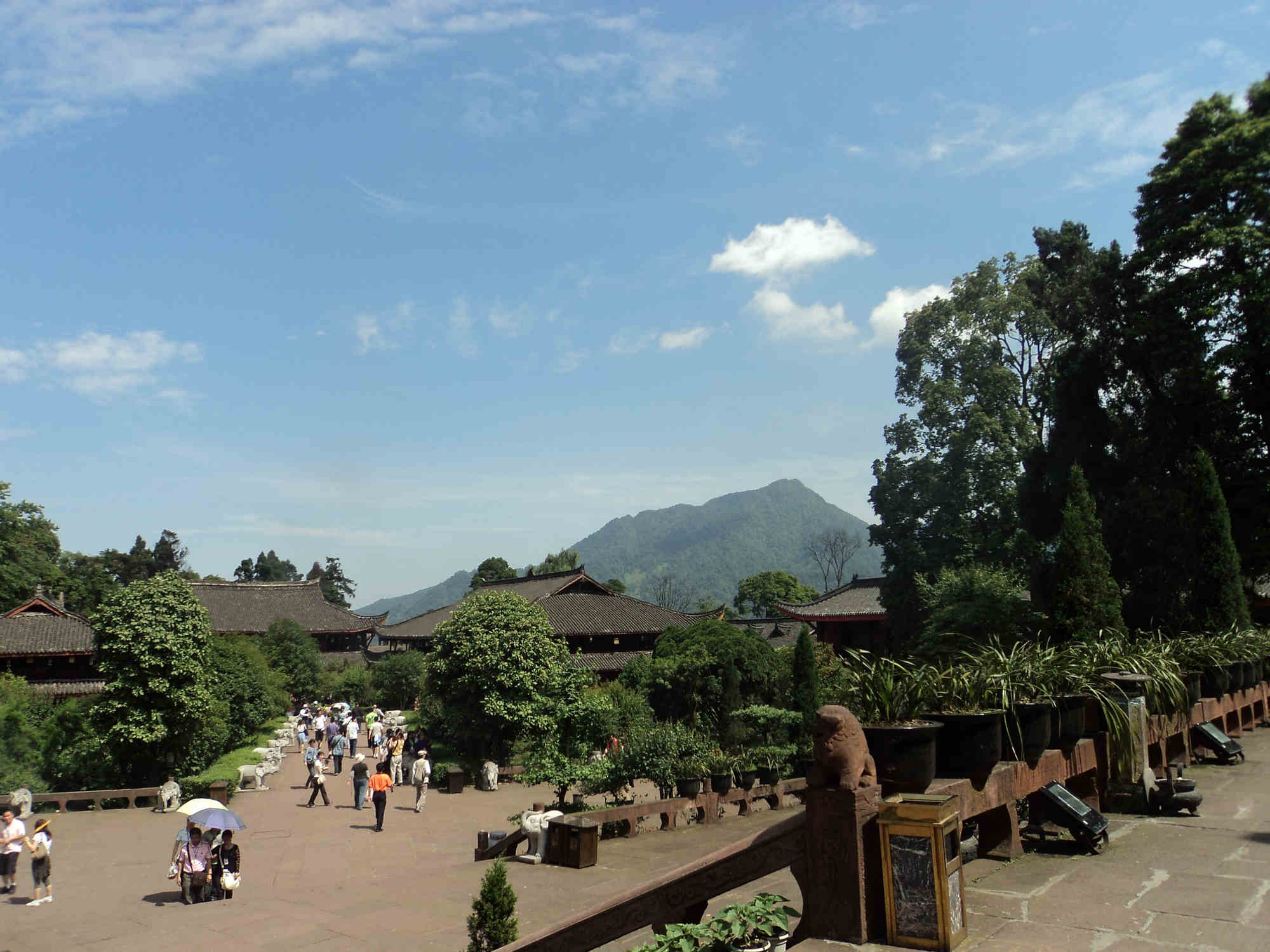

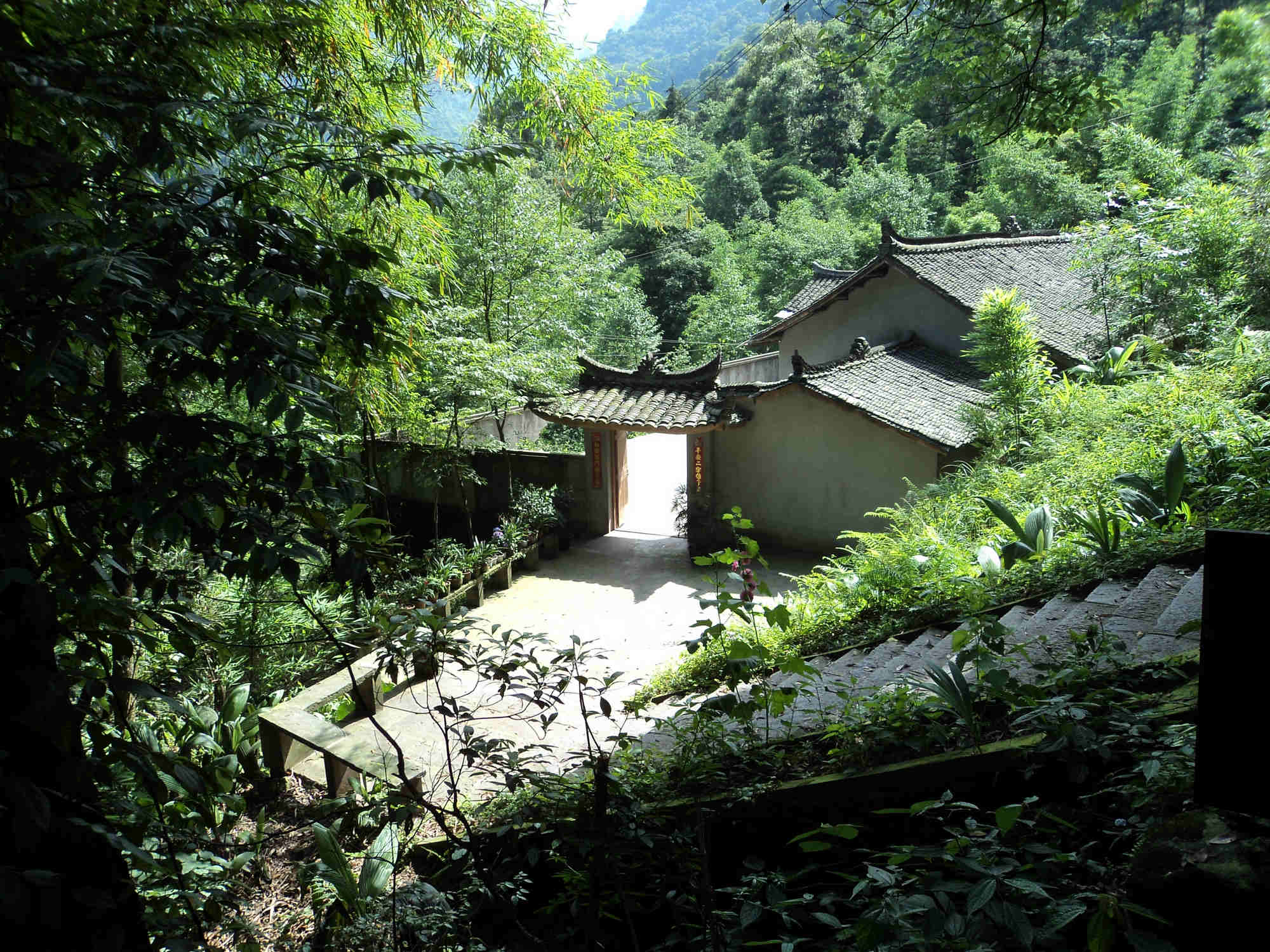
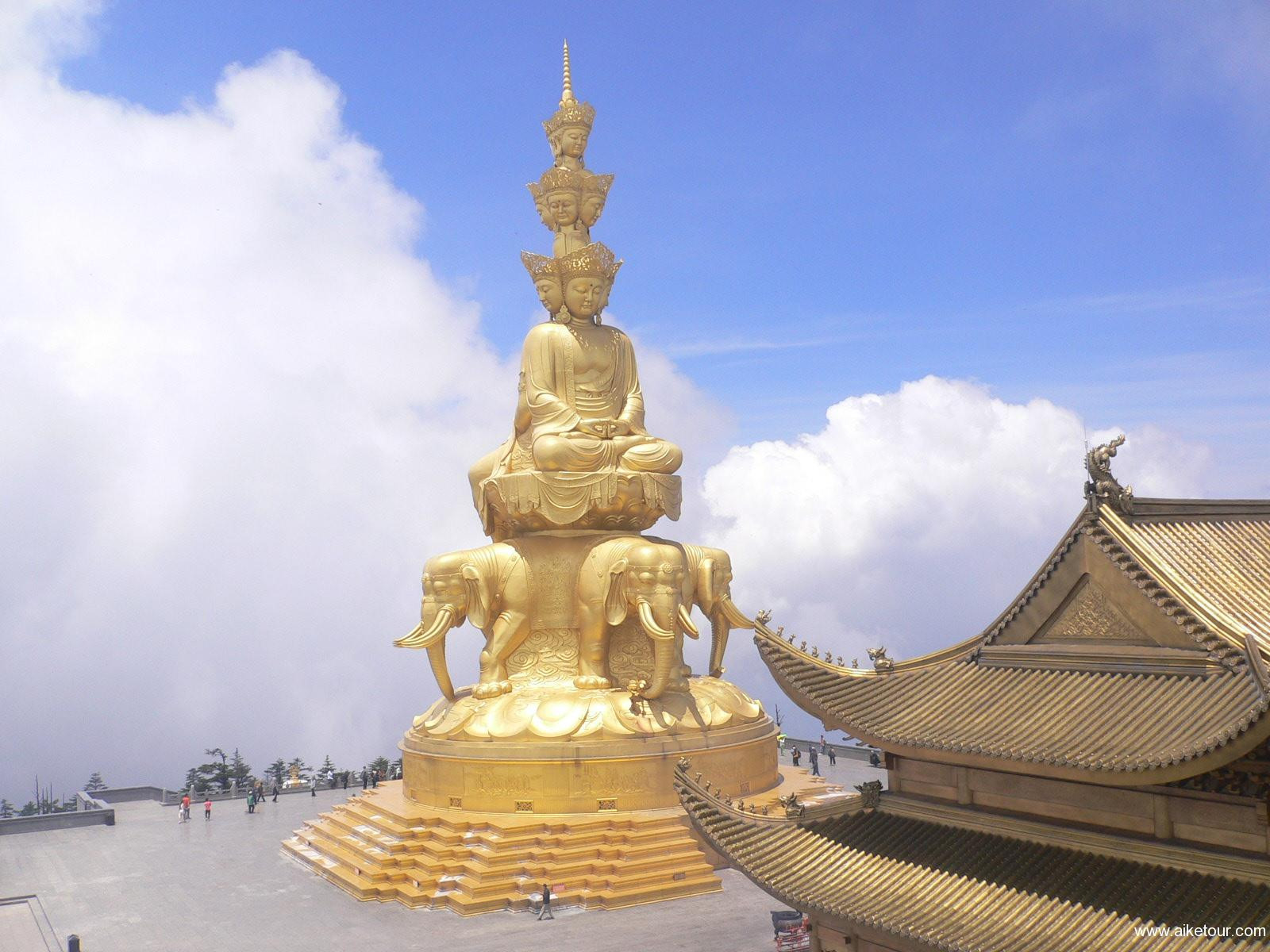
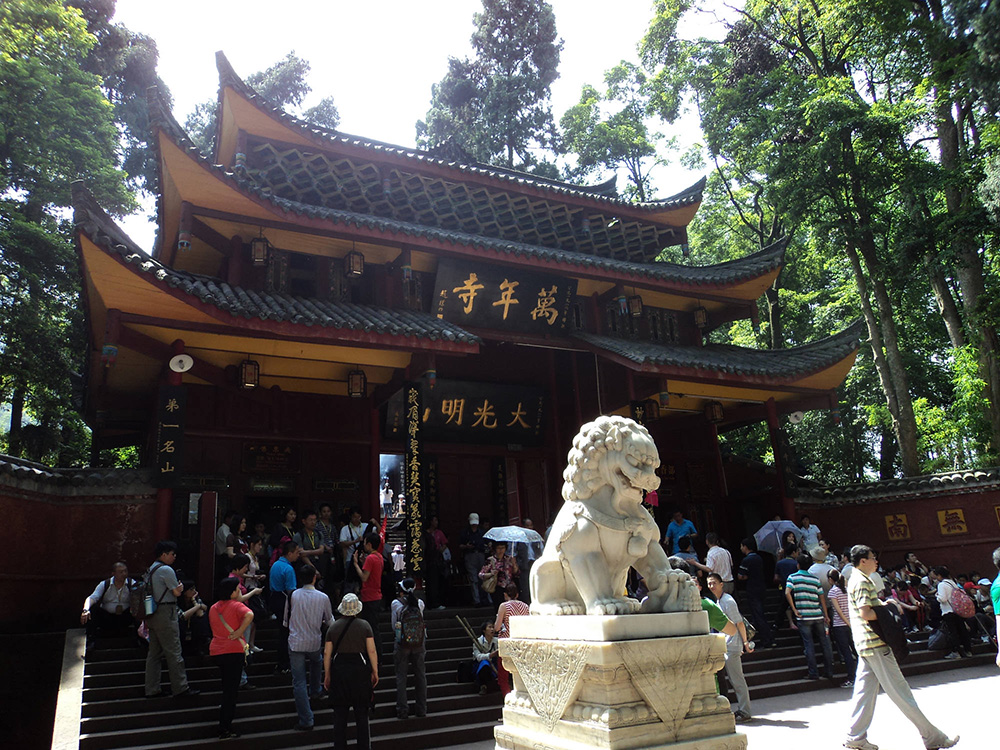
Mt. Emei, 160km south of Chengdu City, is one of the four Buddhist sacred mountains of China. With the summit of 3,099m high, Mt. Emei is more than 1,000m higher than the other three Buddhist sacred mountains.
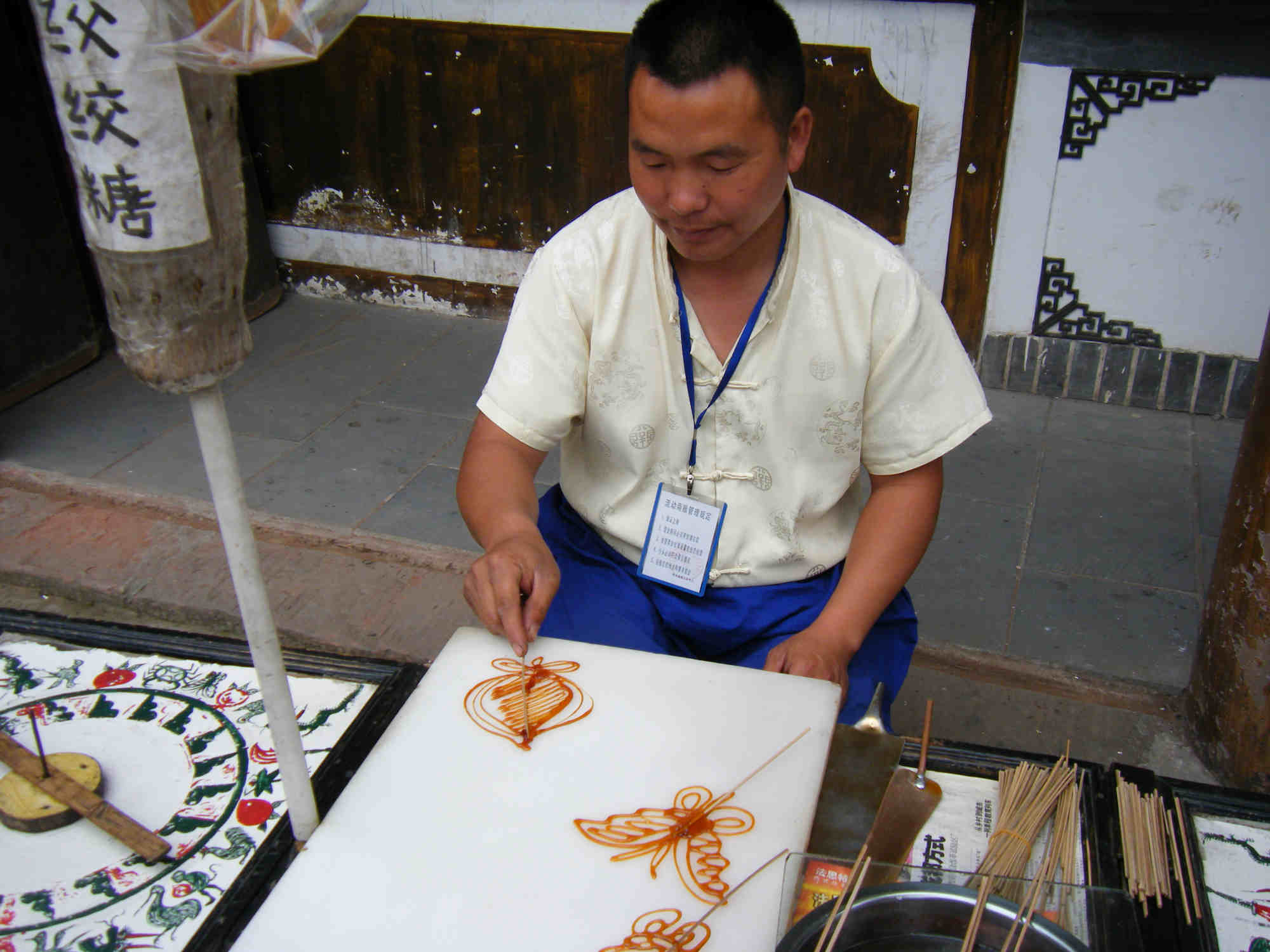
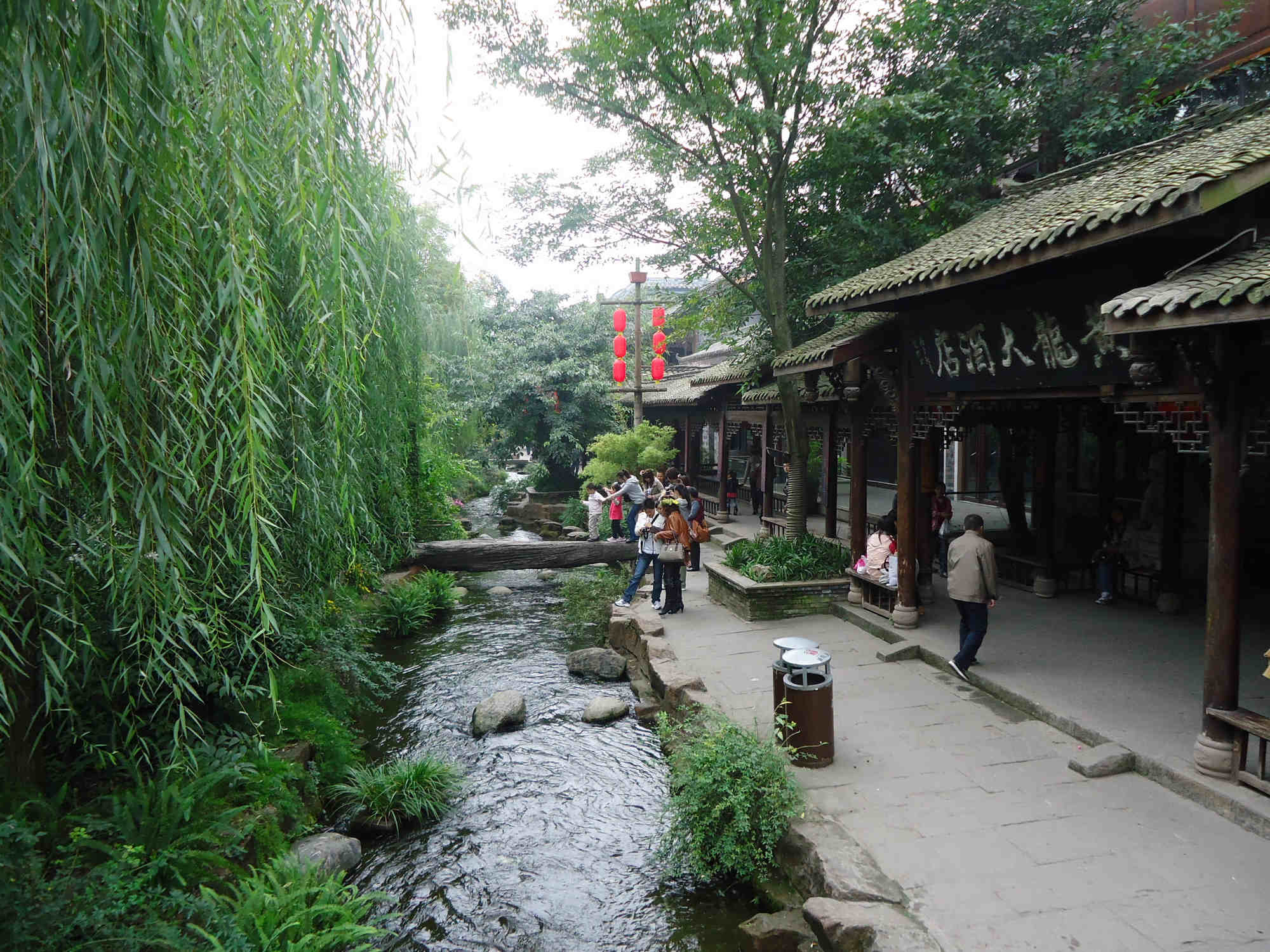
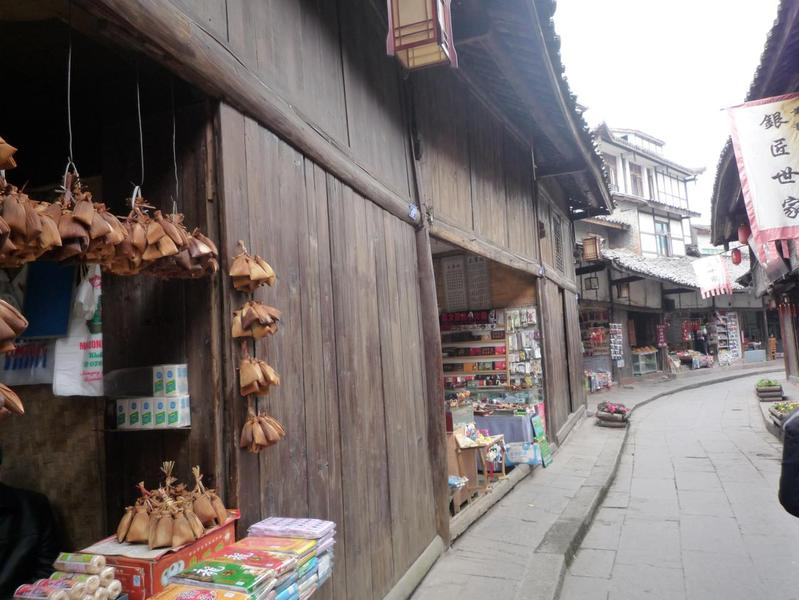

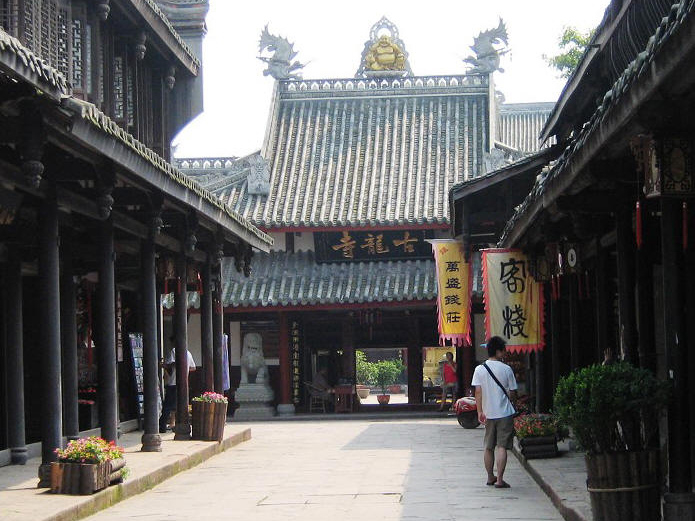
Huanglongxi Ancient Town is an old town with deep tradition on construction style of West Sichuan, around 50 kilometers from Chengdu, Sichuan Province, China.
The curving alleyways will surely charm you once you visit the Huanglongxi Ancient Town. These are worth exploring because you never know what gems are hidden behind the curves. You can go on exploring and suddenly on one corner you find an ancient temple. You go enter the doorway and then you land up in the temple courtyard. The town features a number of temples and some of the well known ones including Zhenjiang Temple, Chaoyin Temple and Gulong Temple. Temple fairs are organized in Huanglongxi Ancient Town on ninth day of the sixth and ninth lunar month that creates lively scenes from the old days.
The roofs have pointed eaves. The tiles have been encrusted with aged moss which gives the building an aged feel and hard to copy. It is for this reason that many film makers choose to shoot exterior scenes in this town.
The town is named after the Huanglong River which flows through it. You could take a boat ride or dine at one of the many river view restaurants.
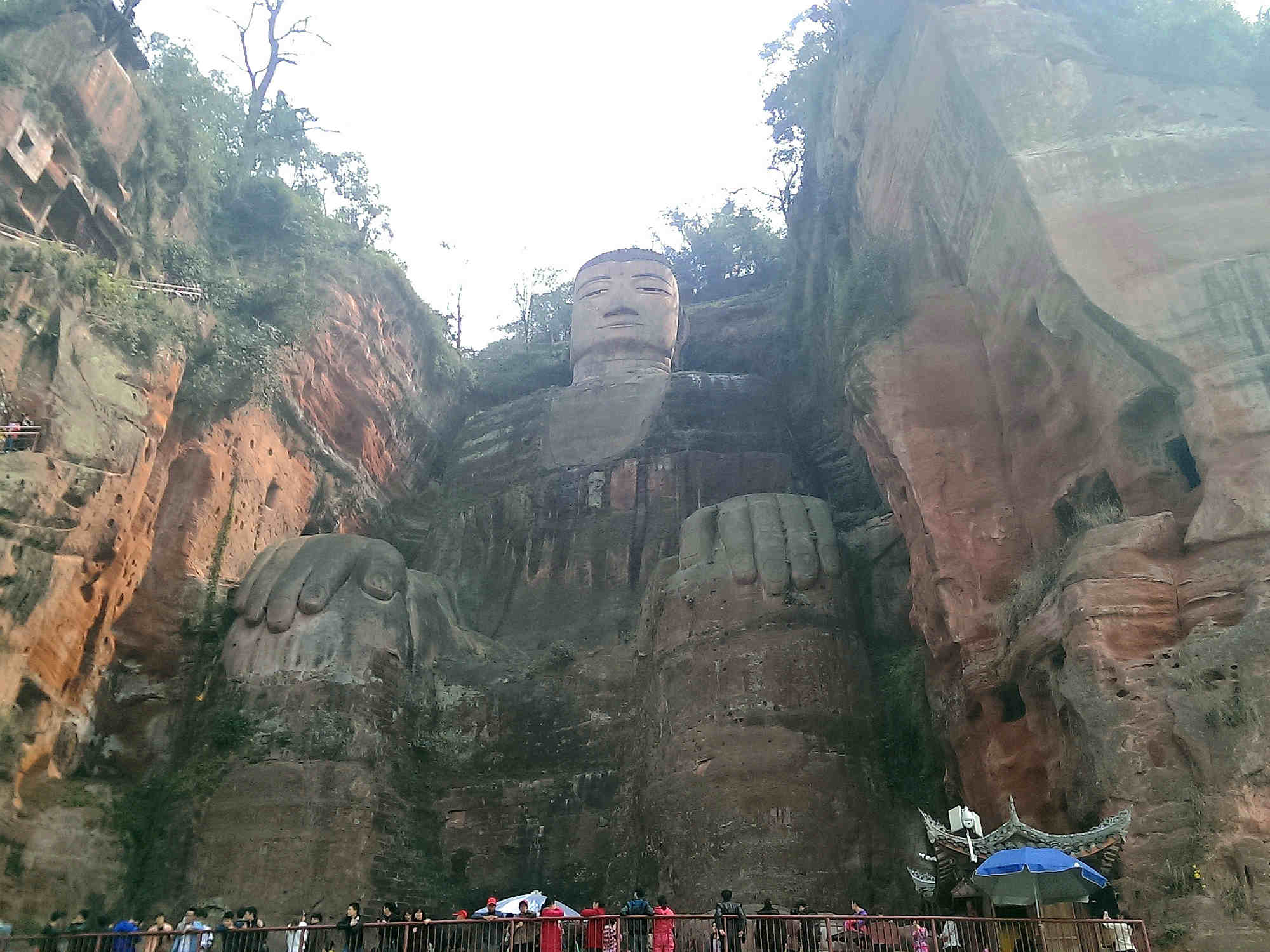
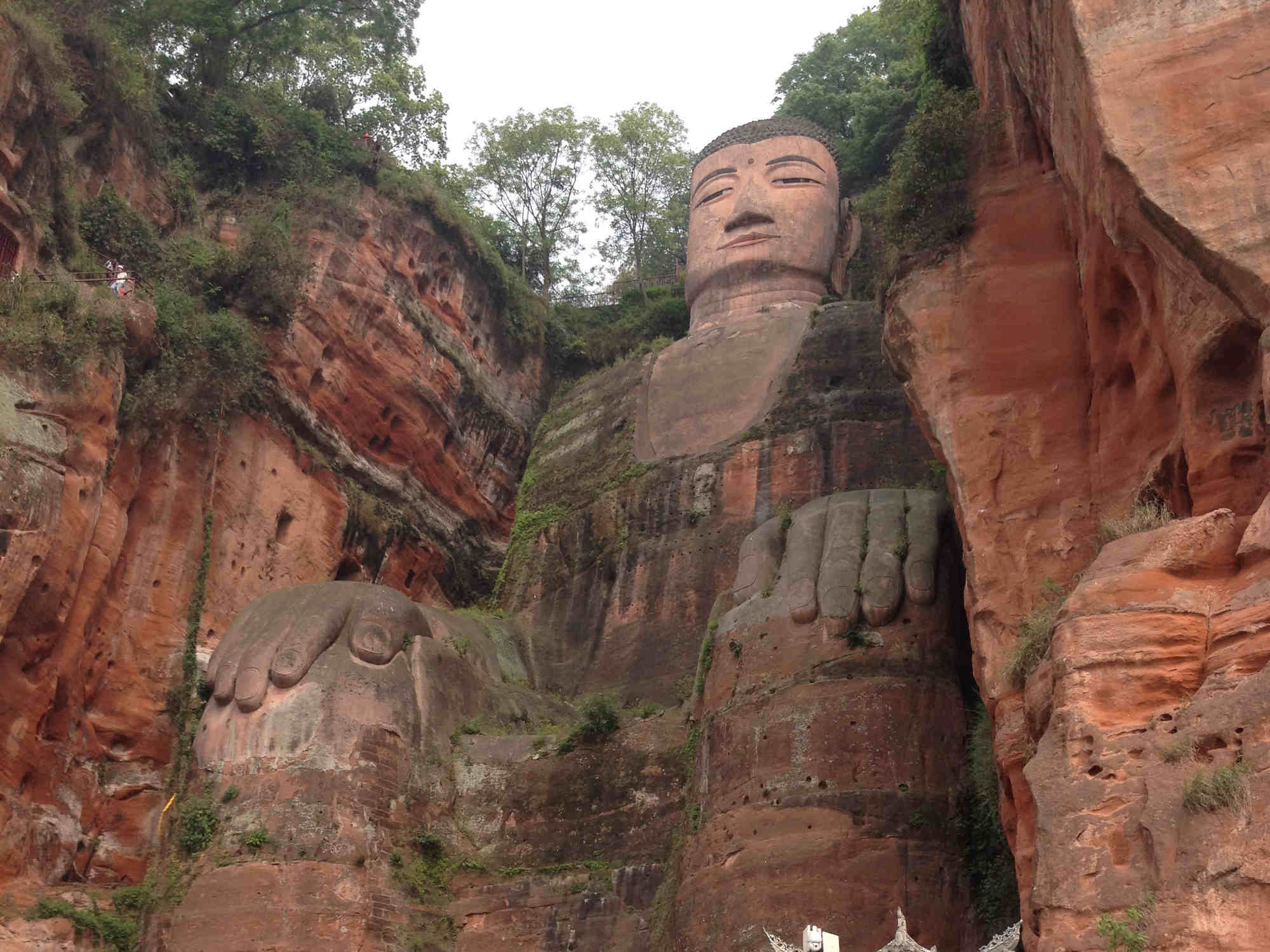
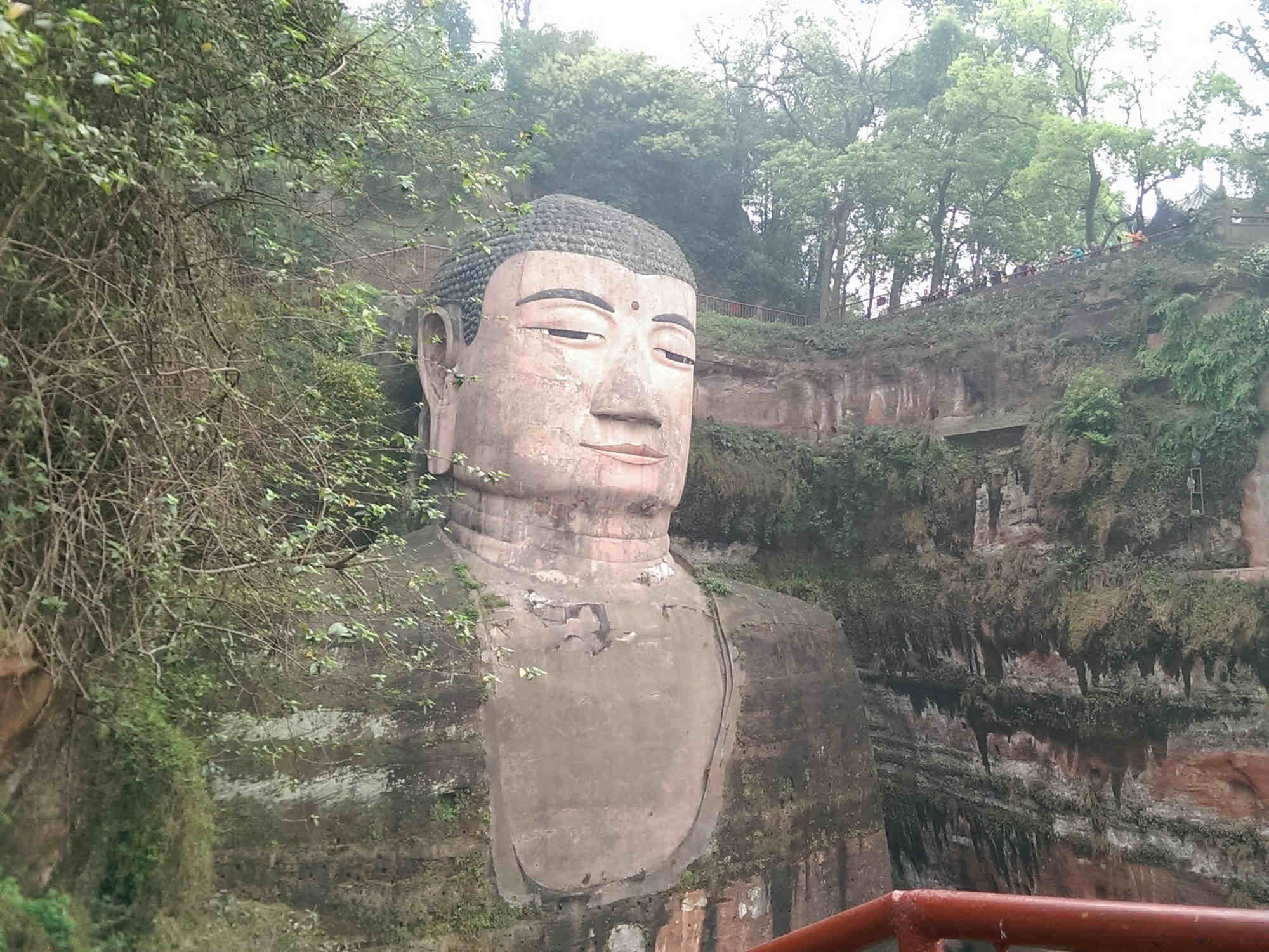
The Leshan Giant Buddha was built during the Tang Dynasty (618–907AD). It is carved out of a cliff face that lies at the confluence of the Minjiang, Dadu and Qingyi rivers in the southern part of Sichuan province in China, near the city of Leshan, and is about 140km south of Chengdu.
The stone sculpture faces Mount Emei, with the rivers flowing below his feet. It is the largest carved stone Buddha in the world and it is by far the tallest pre-modern statue in the world.

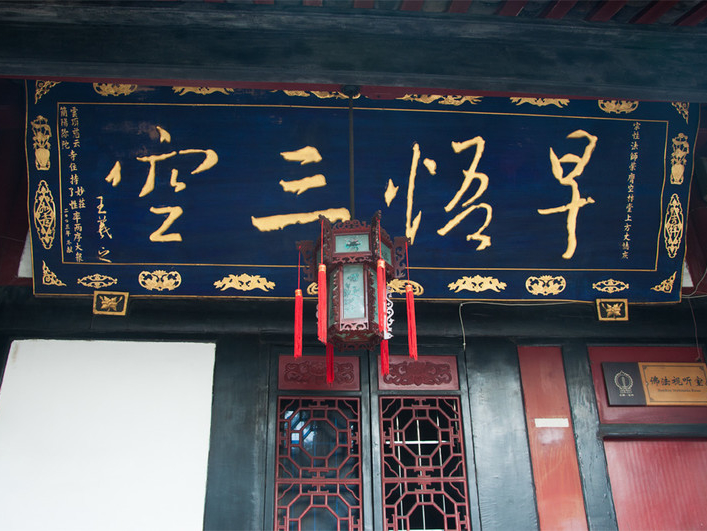

Wenshu Monastery, located at No. 15 Wenshu Yuan Street, isthe best-preserved Buddhist temple in Chengdu. It is the home of the BuddhistAssociation of Sichuan Province and Chengdu City. Initially built in the TangDynasty (618-907), Wenshu Monastery was once called Xinxiang Temple. In 1681,during the reign of Emperor Kangxi of the Qing Dynasty (1644-1911), Cidu, anaccomplished Buddhist monk, came to the monastery. He built a simple hutbetween two trees and for several years lived an ascetic life there. Legend hasit when Cidu was being cremated; the statue of Wensu (Bodhisattva Manjusri inSanskrit) appeared in the flames, staying for a long time. So people regardedCidu as the reincarnation of the Bodhisattva Manjusri. Thereafter, XinxiangTemple became Wenshu Monastery.
Culturalrelics are the highlights of Wenshu Monastery. Since the Tang and Songdynasties, over 500 pieces of painting and calligraphy by celebrities have beenstored here. In the Sutra-Preservation Pavilion, many famous handwritingexhibits, paintings, and artwork are restored. Of all the precious relics, apiece of the broken skull of Xuan Zhang, a renowned monk of the Tang Dynasty,is the rarest.
Inaddition to its cultural relics, Wenshu Monastery is famous for its exquisitegarden and solemn halls. Tourists and locals can enjoy tea in the Tea Housewhile listening to music by folk artists.
Never miss an update from us. Sign up for our newsletter and stay informed about our latest news, products, and promotions.
2014-2024 © Copyright Charmission, All rights reserved.京ICP备19015279号-2



